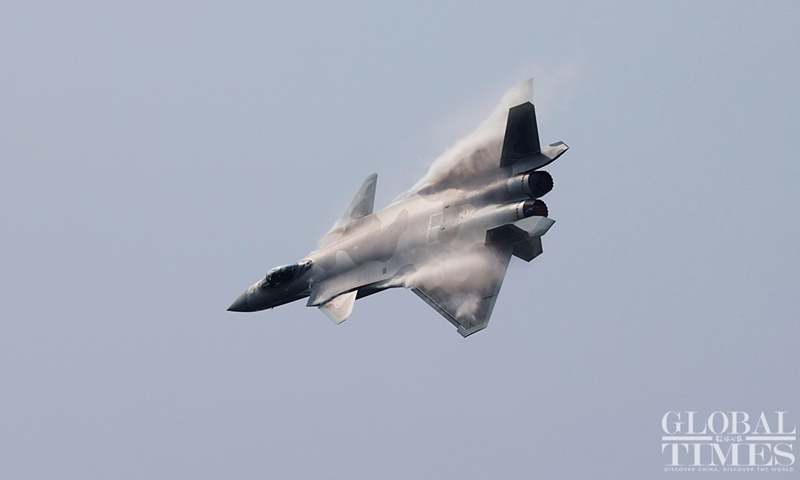News on the CJ-1000 and CJ-2000 already in prototype forms (AX) from December of 2021! Also, first notes on the CJ-500 for the ARJ-21 that has recently started development. Three major engine programs for small, medium and large airliners!
CJ-1000
* In August, the third trial production machine was installed with a radio telemetry system in to prepare for installation on the Il-76 test platform of the Flight Test Institute.
* In September, CJ1000A completed the 5-hour limit thrust test on the ground, and the measured thrust was 14.5 tons, exceeding the original 14 tons expectation
* On December 22, CJ1000A completed the blade fly-off test.
* During the Zhuhai Air Show, the CJ1000A was exhibited in a 1:1 full-size model, and even the engine nacelle is already available, which shows that this engine is very well-completed and is expected to be similar to the mass-produced model.
* According to the engine model and exhibition board information displayed by Shangfa, the titanium alloy fan originally used in CJ1000A has been changed to resin-based composite fan blades, plus the nacelle is 5.7m long, 2.7m wide, and 2.7m high. The diameter of the fan is 1.95 meters, the thrust is 12913 ~ 13608kgf (12.913 tons ~ 13.608 tons).
* Precise thrust data shows that the prototype of CJ1000A has successfully completed several test runs, and it is expected that the flight platform test flight has begun. It is understood that the current LEAP-1C engine on the C919 passenger aircraft has a thrust of 12998kgf to 13,714kgf, which shows that China's CJ1000A has reached the level of LEAP-1C.
* According to the information disclosed by Jiangsu Xinyang Company, domestic composite fan blades will be used in CJ series large ducted engines, including CJ1000A engines. After replacing the composite fan blades, the CJ1000A has better performance and lower fuel consumption, which can further enhance the market competitiveness of the C919 passenger aircraft.
* According to previous optimistic estimates by COMAC, CJ1000A will complete the certification of airworthiness next year as soon as possible, and C919 can be installed as soon as 2023.
CJ-2000
* The CJ2000 is the second civil turbofan engine with a large bypass ratio independently developed by China after the CJ1000, with a thrust far exceeding the CJ1000A.
* Thanks to the technological breakthrough of CJ1000, the various nodes of CJ2000 are progressing rapidly, and the comparison shows that the overall progress is only about 1 year behind CJ1000's aviation development
* The progress of CJ2000 has entered the stage of verification machine, and CR929 will be installed in 2025 at the earliest.
* According to information disclosed by the Commercial Development Company, in March 2020 , the domestic CJ-2000 engine core engine C2XC-101 was successfully ignited and reached 100.6% speed in subsequent tests.
* In July 2020 , the CJ-2000AX verification machine was assembled.
* On August 12, 2020 , according to China Business News, China Aviation Development Shanghai Commercial Aviation Engine Manufacturing Co., Ltd. has launched the bidding work for the hardware configuration of the low-voltage component telemetry system of the CJ-2000AX verification machine, which means that the CJ-2000AX engine has entered the test-run stage of the demonstrator,
* The core parameters of this engine are in the promotional video of China Aviation Development at this air show. The CJ-2000 is a turbofan engine with a large bypass ratio. The diameter of the fan of the CJ2000 reaches 3 meters, which is much larger than the 1.95 meters of the CJ1000.
CJ-500
* The CJ500 is a turbofan engine with a thrust of 7 tons and a large bypass ratio. It is a domestic aviation engine supporting the domestic regional airliner ARJ-21.
* As the development of the CJ1000 project is coming to an end, the Yangtze River 500 has also begun model development.
* According to a source, although the project development started very late, due to the development experience of the CJ1000 engine, the development of the CJ500 is progressing very fast, and it only takes 3 years to successfully develop!







